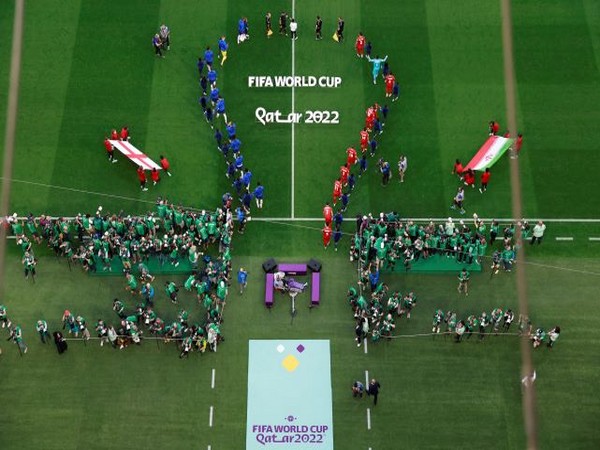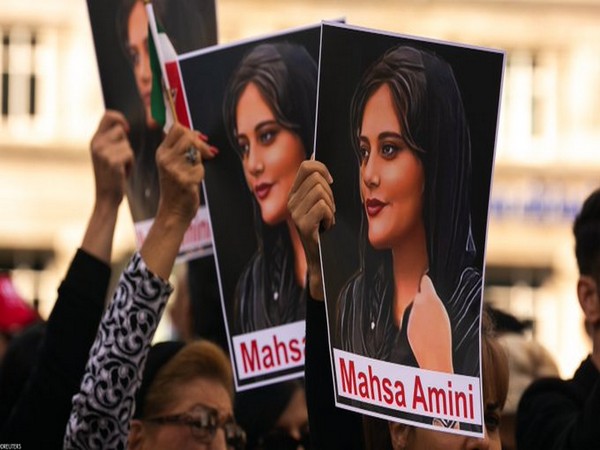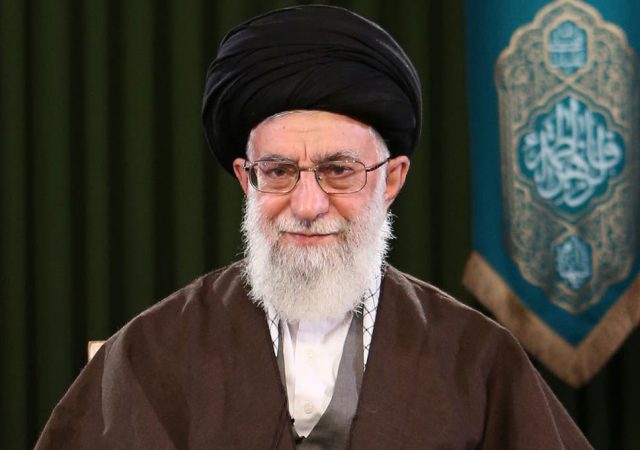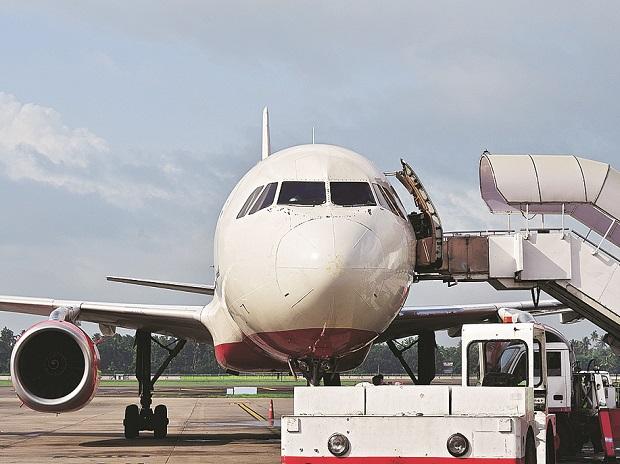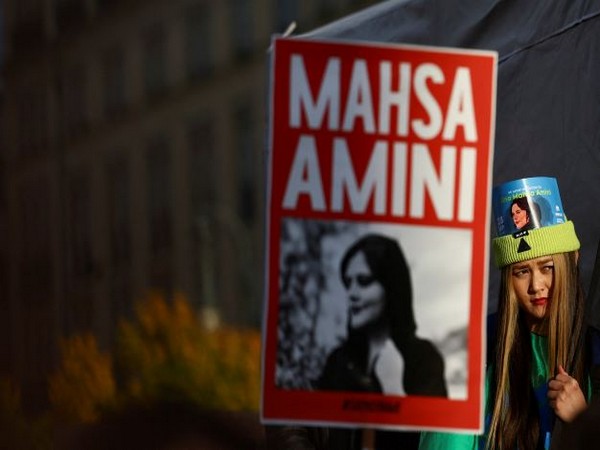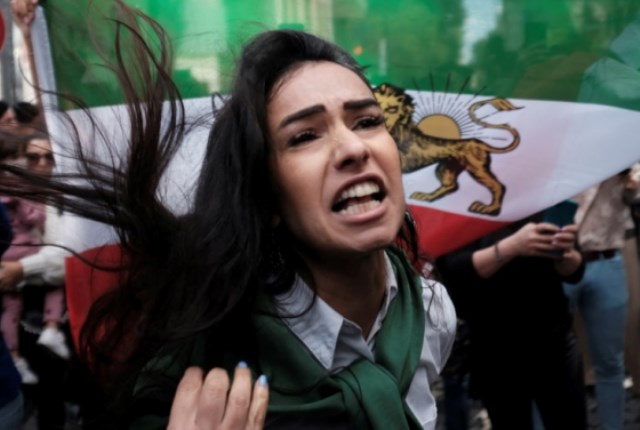The Iranian football team players on Monday refused to sing their national anthem before their opening match against England on Monday at the FIFA World Cup in Qatar, in apparent solidarity with protesters back home.
The national team shows support for the anti-government protests taking place after Mahsa Amini’s death, reported Al Jazeera.
As Iran’s national anthem played at Khalifa International Stadium, television cameras showed the starting players standing stoically, but not singing. Iran lost the match to England, 6-2.
Iran has headed into the tournament amid a backdrop of mass protests against the regime, following the death of 22-year-old Mahsa Amini in police custody in September.
The unrest in Iran began in September when a 22-year-old woman, Mahsa Amini, died while in the custody of the morality police. Protests have since spread across the nation, challenging the authority of the government even as security forces have cracked down. Hundreds of people have died in the violence, reported Al Jazeera.
The decision not to sing the national anthem isn’t the first time the Iranian team has shown support for the protesters. In late September, the team opted to wear black jackets to cover the country’s colours in their friendly against Senegal.
Before flying out to Doha for the World Cup, the team met with President Ebrahim Raisi. The meeting didn’t go down well with protesters, and banners of the team were burned on the eve of the tournament.
Masih Alinejad, a New York-based activist from Iran, went further in her condemnation of the team, reported CBS News.
“Iran is the only country in the World Cup that its people want their national football team to lose since the team doesn’t represent the people but the regime,” she wrote.
Iran’s beach football, water polo, and basketball teams have also recently refused to sing the national anthem. At a news conference on Wednesday, the captain of Iran’s football team, Alireza Jahanbakhsh, refused to confirm if his team would sing the anthem.
“That’s something that also has to be decided about in the team, which we already talked about, and obviously everybody’s talking about,” he said.
Ahead of Monday’s game, some Iran fans in Qatar also signaled support for the protesters back home. They wore T-shirts saying, “Women, life, freedom”, which is the popular chant of the movement that has arisen since Amini’s death, reported Al Jazeera.
The decision by the football team to remain silent during the anthem on the sport’s biggest stage represents the boldest move so far from the country’s athletic stars. It is unclear whether players will face any consequences.
On Sunday, defender Ehsan Hajsafi became the first Iranian player at the World Cup to publicly speak out in support of the protests, reported Al Jazeera.
“They should know that we are with them and we support them and we sympathise with them regarding the conditions,” he said.
England also made a strong political gesture before kickoff by taking a knee in protest of racism and inequality. While they didn’t take a knee in their September friendlies, they’ve decided to do so ahead of every game they will play at the World Cup.
“We think it is a strong statement to go around the world for young people, in particular, to see that inclusivity is very important,” England manager Gareth Southgate said on Sunday.
At least 419 protesters have been killed since September, including 60 children, and more than 17,000 people have been arrested, according to the Iranian Human Rights Activists News Agency’s latest statistics. The protests have rocked Iran since the killing in police custody of 22-year-old Mahsa Amini on September 16.
Initially led by women, the protests have grown into the most significant anti-government demonstrations the regime has faced since it came to power in the 1979 Islamic Revolution. (ANI)
Read More: http://13.232.95.176/
